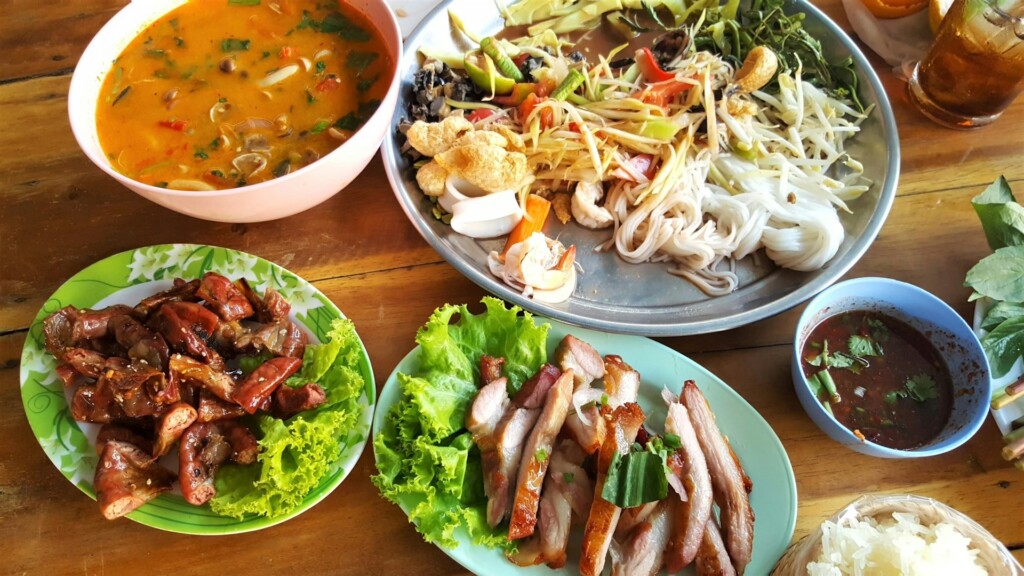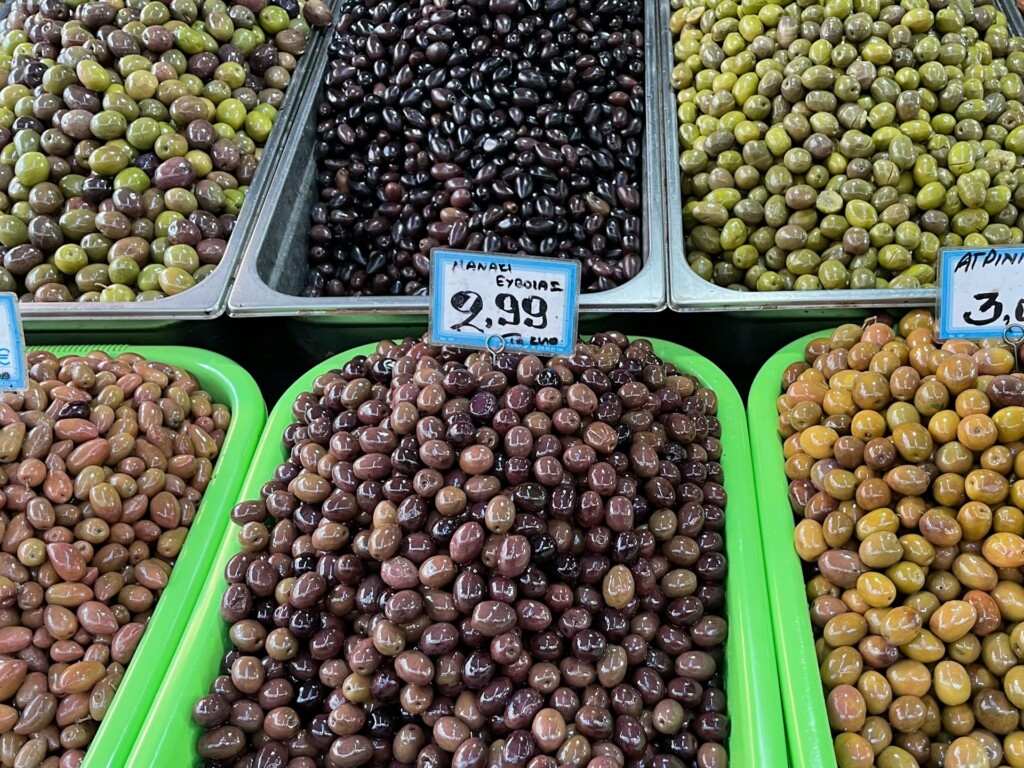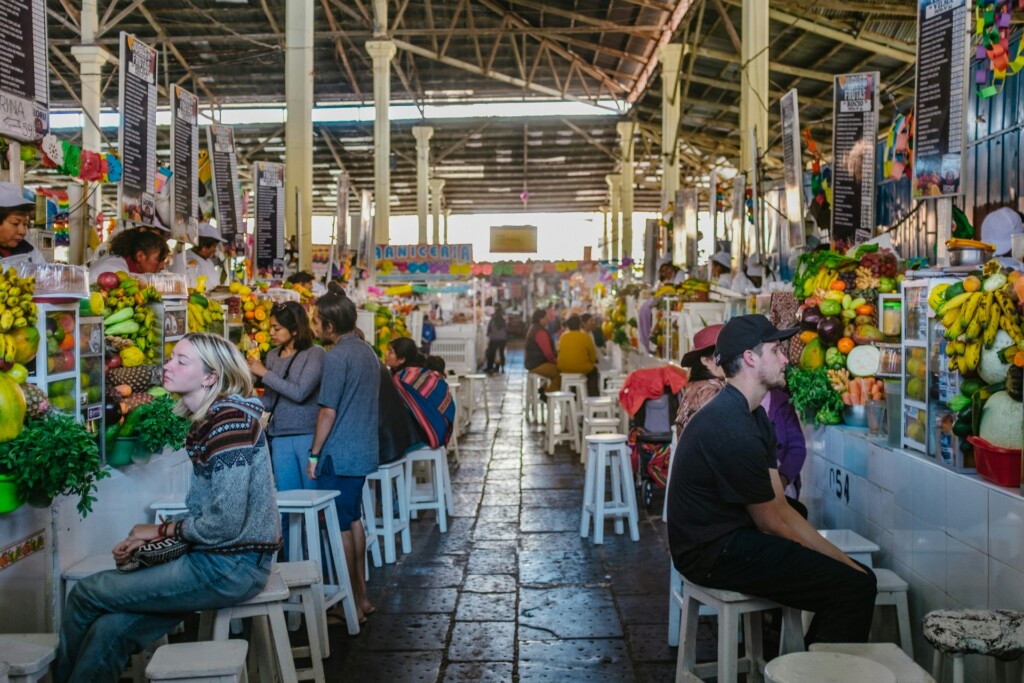There’s a saying that “we eat with our eyes first,” and there’s a wealth of truth to that. The sight of a beautifully presented dish can make our mouths water and our stomachs rumble, igniting a sense of anticipation for the flavors that await us. But food isn’t just about sustenance or the sensory experience of taste. It’s a reflection of a place’s history, people, traditions, and even its geography. As we embark on this culinary journey around the world in this post, we aim to explore the unique cuisines of three different regions: Asia, the Mediterranean, and Latin America, and uncover the stories they tell.
The Rich Flavors of Asian Cuisine

Asia, the largest and most diverse continent, is home to a variety of cuisines as vast and varied as its many cultures, languages, and ethnicities. Each country within this region possess a unique culinary identity that has been shaped by centuries of history, tradition, and the natural bounty each landscape provides.
From the delicate sushi rolls of Japan, where the freshness and quality of seafood takes center stage, to the fiery curries of India, brimming with spices that not only tantalize the palate but are also deeply rooted in the country’s Ayurvedic principles of health and wellness, Asian cuisine is a testament to the intricate balance of flavors.
In countries like Thailand, a typical meal incorporates the five fundamental taste senses in each dish or the overall meal: hot (spicy), sour, sweet, salty, and umami (savory). This balance is not just about creating a harmonious finish on the palate, but it’s also a reflection of the Buddhist influence in the country, where the middle path of moderation in all things is a guiding principle.
The Freshness of Mediterranean Cuisine

On the other side of the world, spanning three continents (Europe, Asia, and Africa) and bathed by the Mediterranean Sea, a different culinary tradition thrives. Mediterranean cuisine, despite its many regional and cultural differences, is united by a few common ingredients: olive oil, fresh fruits and vegetables, protein-rich legumes, fish, and whole grains.
This cuisine is often associated with health and longevity. The Mediterranean diet, rich in monounsaturated fats from olive oil and omega-3 fatty acids from big bass splash seafood, is linked with lower levels of heart disease and is believed to contribute to the long lifespans of its inhabitants.
Greek salad with its crisp vegetables, feta cheese and olives, Italian pasta dressed in fresh tomato sauce and a sprinkle of basil, Spanish tapas featuring a medley of bite-sized treats—each dish is a testament to the region’s commitment to fresh, flavorful ingredients and hearty, family-style meals.
The Vibrant Tastes of Latin American Cuisine

Latin American cuisine, much like its people, is vibrant, colorful, and diverse. It’s a delightful blend of indigenous ingredients and techniques with influences from Europe, Africa, and Asia, creating a fusion of flavors that are as exciting as they are diverse.
Mexican food, with its hearty tacos and tamales, has perhaps become synonymous with Latin American cuisine due to its global popularity. But there’s so much more to discover. The succulent steaks of Argentina, often paired with chimichurri sauce, offer a taste of the country’s ranching culture. The fresh seafood dishes of Peru’s coast, such as ceviche, showcase the country’s rich marine biodiversity.
Staples like corn, beans, and rice are common threads that weave through the culinary tapestry of Latin America, but each country and region adds its unique twist, telling a different story.
Conclusion
This culinary journey around the world barely scratches the surface of the rich tapestry of global cuisine. Each region, each country, and even each city has its own unique food culture waiting to be discovered. It’s an adventure that engages all our senses and bridges cultural divides, as we learn to appreciate the love, care, and history that goes into each dish. So, why not start exploring? As the French would say, “Bon appétit!”



Comments
0 comments